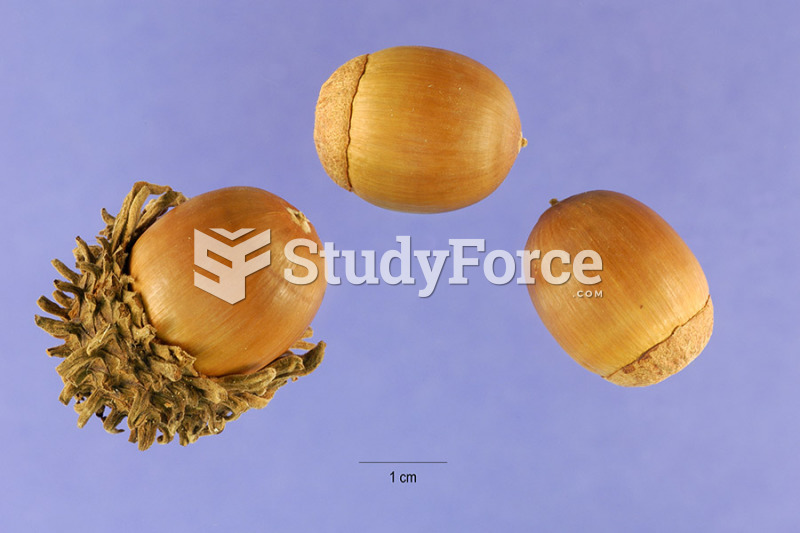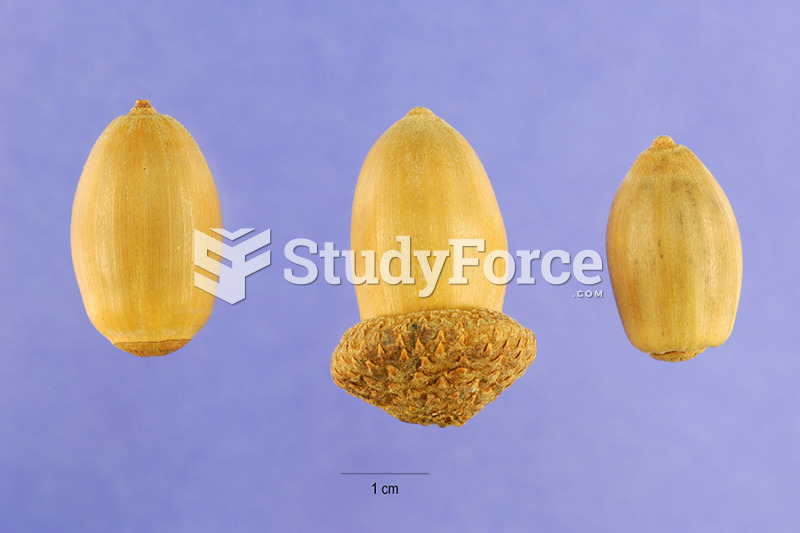|
|
|
Did you know?
Allergies play a major part in the health of children. The most prevalent childhood allergies are milk, egg, soy, wheat, peanuts, tree nuts, and seafood.
Did you know?
Blood is approximately twice as thick as water because of the cells and other components found in it.
Did you know?
The top five reasons that children stay home from school are as follows: colds, stomach flu (gastroenteritis), ear infection (otitis media), pink eye (conjunctivitis), and sore throat.
Did you know?
Asthma cases in Americans are about 75% higher today than they were in 1980.
Did you know?
More than 4.4billion prescriptions were dispensed within the United States in 2016.







